
The Mystery of an Abandoned Cabinet Full of Kodachrome Slides in San Francisco
A mystery unfolded when a cabinet full of Kodachrome slides was discovered lying on the sidewalk in a San Francisco neighborhood.

A mystery unfolded when a cabinet full of Kodachrome slides was discovered lying on the sidewalk in a San Francisco neighborhood.
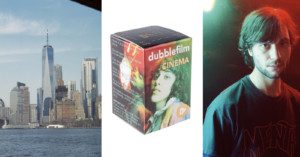
Dubblefilm, a specialty 35mm film and analog camera manufacturer, has launched a new movie-inspired color film named CINEMA that is made from repurposed movie film.

Last month, VSCO achieved a years-old dream of releasing a preset/filter that was based on Kodak's iconic "Kodachrome" film stock. But creating the KC25 preset was anything but easy. In fact, it involved custom chemicals, custom hardware, and two years of experimentation to get this one right.
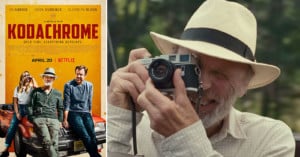
Netflix purchased the rights for the upcoming movie Kodachrome in September 2017, and today it just released the film's 2.5-minute trailer. The movie is a story that's centered around the final days of Kodachrome film.

Netflix has just bought the rights to a movie that photography enthusiasts may find fascinating. Kodachrome is set in the final days of Kodachrome film. The movie itself is named after the popular Kodak film that came into existence in 1935 and was discontinued in 2009.
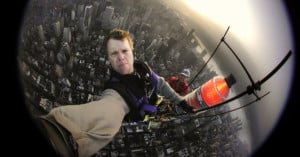
Joe McNally is a photographer and a storyteller. The word photography comes from Greek and means to write with light. That, in a nutshell, is what McNally does: he a writes with light, whether it be daylight or Speedlight. And for a student who started out as a writing major and ended up being a photographer, that is just the perfect result.
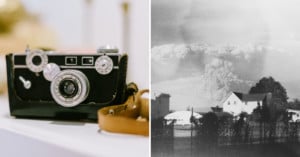
Portland photographer Kati Dimoff has a habit of hunting for old cameras at thrift stores and checking to see whether they contain undeveloped rolls of film. Earlier this year, a camera she found contained a set of unexpected photos: they show the 1980 eruption of Mount St. Helens.
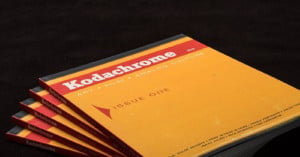
Kodak has just launched Issue #1 of Kodachrome Magazine, a new limited edition journal that's geared toward people who love "art, film and analog culture."
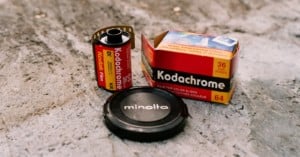
Kodak made a lot of people happy when they announced they would be bringing back Ektachrome, but they blew those same photographers' minds when they admitted they were "looking into" bringing back Kodachrome. Those people won't be happy about this update.

I often frequent my local Goodwill at least once a week. I'm usually partial to picking up vinyl, vintage sweaters, cameras, typewriters, and books. Somehow this week was different.
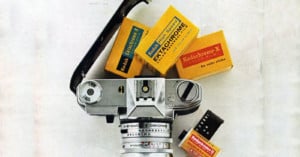
Kodak made what was probably the most popular (and unexpected) photography announcement of CES: the company is bringing back the beloved Ektachrome film stock. But Ektachrome might only be the beginning. According to Kodak CMO Steven Overman, Kodachrome might come back next!

Kodak's iconic Kodachrome film was retired from service back in 2009, but back in 1973, American singer Paul Simon immortalized the classic film stock in his hit song "Kodachrome."
The new ABC series The Muppets recently posted this short music video in which Dr. Teeth and the Electric Mayhem -- the rock band of The Muppets -- perform "Kodachrome" live in concert.

When photographing the world around us, the property of color is likely something most people tend to take for granted. We expect our cameras to portray the visible light spectrum accurately. However, in a world so engrossed with color, we sometimes forget how long it took to get to this point in time and how many photographers and scientists viewed the concept of color photography as a pipe dream.

Among the new features of the newly announced Fujifilm X100T is something they call the "Classic Chrome" film setting. Technically this is not a debut, having already been announced on the X30 earlier this summer.
But I think it's a sleeper feature, and will prove to be one of the growing list of reasons Fuji users tend to connect so strongly with their cameras.
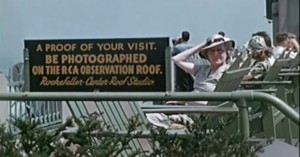
Color film first burst onto the scene in 1935 when Kodak introduced the world to Kodachrome, and the first of this film that was available to the public was the 16mm variety for home movies. Later, Kodak introduced similar 8mm and 35mm film for home movies and photography, respectively, but it was the 16mm film that had finally offered consumers the ability to easily capture their world in color for the very first time.
The above video is a rare clip released by the Romano Archives that shows what French tourist Jean Vivier was able to capture using the 16mm film all the way back in 1939, when he came to visit the Big Apple.

After sharing that short feature yesterday on the last roll of Kodachrome, it seems appropriate to share this once-super-popular song written about the same film.
Simply titled, "Kodachrome," it was written by American musician Paul Simon after the first breakup of Simon & Garfunkel.

In 2009, when Kodak announced that production of Kodachrome film would be coming to an end, legendary photographer Steve McCurry saw an opportunity, and asked if the company would give him the final roll. Given his reputation and the many famed photographs he's taken on Kodachrome, it's no surprise Kodak said yes.
As a tribute to this final roll, a crew from National Geographic decided to follow McCurry and document the momentous last 36 frames that would ever be shot on that film -- the video above is the result.
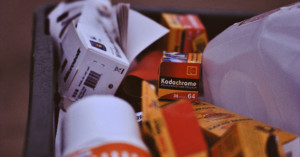
Like everyone else who heard that Kodak was discontinuing Kodachrome in 2009 -- and that Dwayne’s Photo would not develop the slide film after 2010 -- I shot as much Kodachrome film as I could acquire, before that "last developing day" deadline.
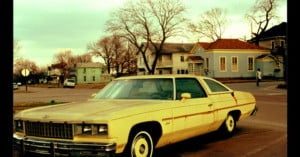
The final nail in the Kodachrome coffin came at the end of 2010 …

New York-based design consultancy Mélangerie helps customers make custom View-Master wedding invitations that …

DreamWorks won’t be making a movie about the death of Kodachrome film after all — Fox will.

Kodachrome may be gone, but it’s far from forgotten — DreamWorks is planning to make a movie centered around …
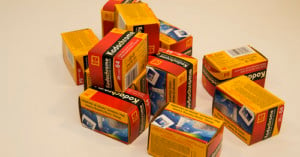
Kodachrome film officially died at the end of last year when the last developer — …
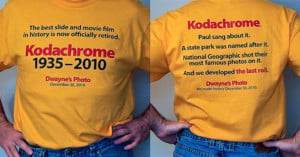
Yesterday the last certified Kodachrome processing facility — Dwayne’s Photo in Parsons, Kansas …

After Kodak announced the end of Kodachrome’s production in June of 2009, the number of photo labs that developed …
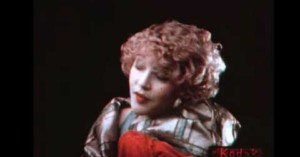
Here's an interesting clip of a color film test done by Kodak in 1922, years before color movies started appearing. This is 13 years before the first full-length color film appeared, and 7 years before the first Oscar was awarded. You can read more about this clip on the Kodak blog.
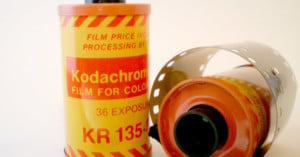
It’s the end of an era. Photojournalist Steve McCurry has developed the last …